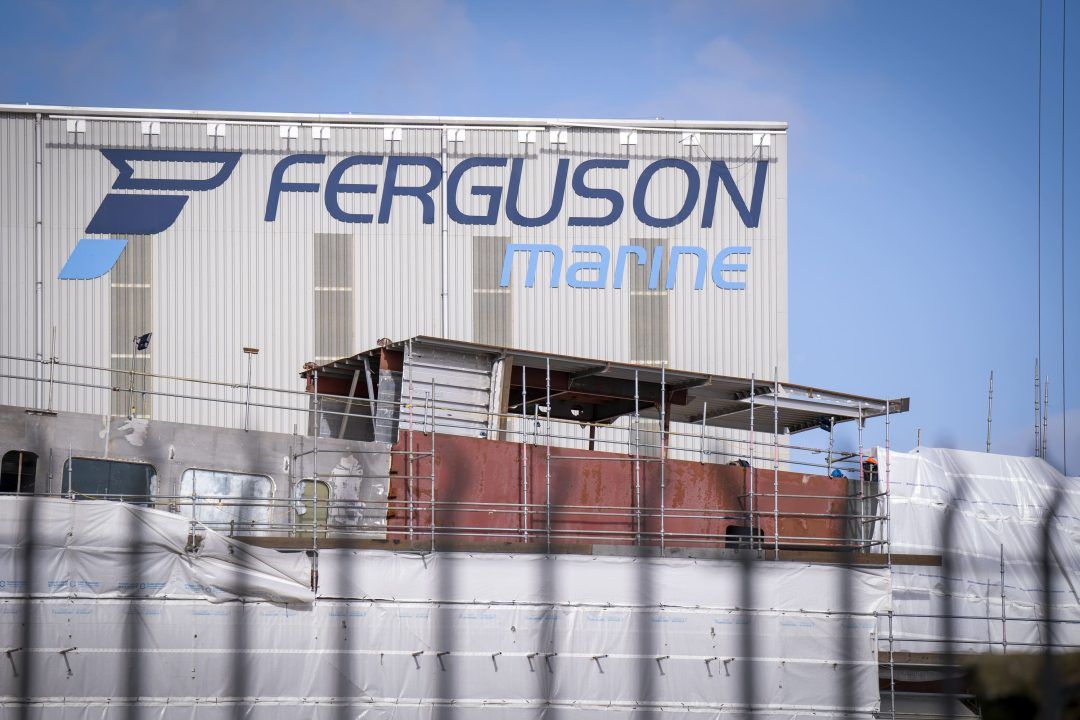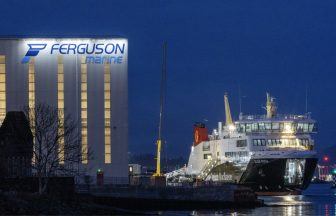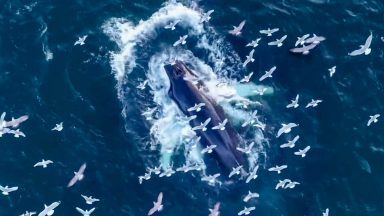The Scottish Government could have legally rejected the massively late and over-budget Glen Sannox ferry due to weight issues, a committee has heard.
The initial contract for the vessel and its sister ship the Glen Rosa, specified dead weight tonnage – the total weight it can carry – of 878 tonnes for both.
However, according to the director of vessels at Scotland’s ferry procurement body, Caledonian Maritime Assets Limited (CMAL), the Glen Sannox was delivered late last year, ahead of its scheduled entry into service next week, and its capacity was 791 tonnes.
Under the terms of the contract, penalties of £5,000 could be levied against the yard for each tonne it fell below the specifications, with a 10-tonne leeway allowed.
When penalties reach £250,000 – which would occur if the capacity fell 60 tonnes below the specifications – the Scottish Government would have had the option to cancel the contract.
However, under questioning from the convener, Jim Anderson assured the Net Zero, Energy and Transport Committee at Holyrood on Tuesday that the capacity was more than enough for the route the ship was intended for between the Isle of Arran and the mainland.
“What we’ve achieved is 791 tonnes, which is more than adequate for the needs, not just for that route, but other routes,” he said.
“For the 791 tonnes, if we take what that ship can carry in HGV weight and fuel, it more than covers for the worst case.”
The original dead weight, he said, included a “degree of margin”, but he assured MSPs the “ship does everything it needs to do”.
Meanwhile, the head of Scotland’s ferry procurement body “wasn’t very happy” when he was told of an “odd” secondment arrangement with a beleaguered shipyard, he has told MSPs.
Andy Crossan, who has since retired, was a senior figure at Caledonian Maritime Assets Limited (CMAL) but was seconded to Ferguson Marine after the then-chief executive, David Tydeman, said he was looking to bolster his team.
According to CMAL boss Kevin Hobbs, who appeared before the committee, Mr Crossan continued to be paid by the ferry procurement body, wholly owned by the Scottish Government.
Under the terms of an agreement with CMAL, Mr Crossan would continue to be paid by the body, but would receive an “uplift” from Ferguson Marine based on his work, Mr Hobbs said.
A report from Audit Scotland in December showed that more than £140,000 had been paid to Mr Crossan from the yard through a company for which he is the sole director without approval from the board.
The arrangement, according to Audit Scotland, left the yard with a £48,000 bill for unpaid tax, with some answers on an HMRC form filled in by the former chief executive – who was ousted last year – being described as appearing to be “inaccurate”.
The watchdog also said Mr Crossan was put on the Ferguson Marine payroll at a salary of £36,000, which was eventually upped to £54,000.
Asked if he was surprised Mr Crossan was “receiving more money than you thought he was getting” by convener Edward Mountain, Mr Hobbs said: “I was surprised and other emotions, yes.
“Let’s just say I wasn’t very happy.”
He added that Mr Crossan decided to retire when his secondment with Ferguson Marine ended, saying he “didn’t ever set foot in the office to work again.”
Asked how such an arrangement could have happened without CMAL being aware, Mr Hobbs said: “If individuals, whoever they are … do not say what’s going on, I haven’t got a crystal ball – if I did, I wouldn’t be sitting here because I’d do the lottery every week wouldn’t I?”
He added: “I’m not saying it’s anything other than odd.”
Follow STV News on WhatsApp
Scan the QR code on your mobile device for all the latest news from around the country


 PA Media
PA Media

























